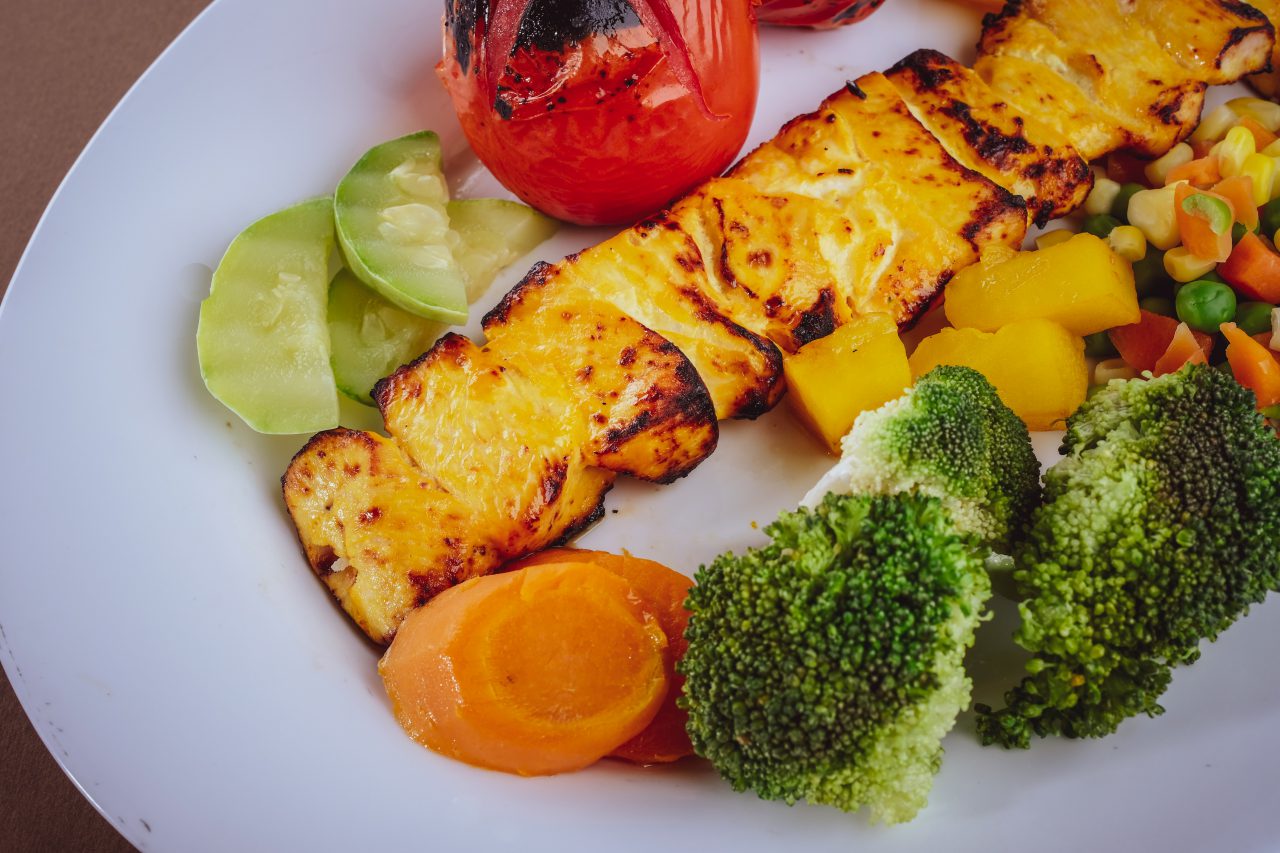
Examining people’s dietary intake allows the fitness professional to suggest how they can better meet nutritional and weight loss or weight maintenance goals.
Many methods can be used to gather information on dietary intake. A useful method for the fitness professional is a food diary in which the client records everything that is consumed.
These records typically are kept for 3 or 7 days and provide a general idea of a person’s nutritional habits. If the food diary is kept for 3 days, one of those days should be a weekend because many people eat differently on weekends than they do on weekdays. Once the records are completed, there are several software packages that can be used to analyze the diet.
Although food diaries provide important information, they may pose some problems :
– People tend to underreport what they eat.
– They do not keep records that are specific enough to provide quality information.
– People often temporarily change how they eat when they record their food intake.
The fitness professional can take steps to minimize these problems. First, make sure that the clients understand the importance of completely and honestly recording what they eat. Emphasize to clients that the accuracy and usefulness of the feedback depend on the information they provide. Nobody will criticize or judge them for what they have eaten.
Additionally , provide clients with models or descriptions of how to accurately report food consumption. Providing explicit instructions will allow the client to provide a more useful and accurate record. Additionally, the food diary should be user friendly and include clues to elicit complete responses.
The fitness professional can provide general nutrition information to the public. Clients with special metabolic needs such as diabetes mellitus should be referred to a registered dietitian. Comparing dietary intake to DRIs can be particularly informative. For the typical client, the following intakes should be included in a nutritional profile.
– Total calories
– Percentage of calories from fat, carbohydrate, and protein.
– Saturated fat, trans fat, and cholesterol.
– Sodium
– Iron
– Calcium
– Fiber
It also can be useful to examine the food diary for emotional or social cues to eating behaviors. For example, some people eat when depressed or only eat when alone. Such information can be helpful in making behavior changes you need for weight loss and weight maintenance.
SAMPLE FOOD LOG
- Record everything you eat, including food and beverages eaten at meals and snacks.
- Record carefully how the food was pre
pared. Be as descriptive as possible ( e.g., fried in corn oil, boiled in 1 tbsp. of margarine ). - Be sure to indicate the amount of food eaten. Use typical household measures when possible ( tsp.=teaspoon, tbsp=tablespoon, cup=cup, oz=ounce ).
- Provide brands names and labels for packaged foods.
- For composite foods such as sandwiches, casseroles, and soups, indicate the ingredients contained in the food. For example, a turkey sandwich might be 2 slices of whole wheat bread, 1 oz of baked turkey breast without skin, 1 slice of tomato, 2 leaves of iceberg lettuce, 1 tbsp. Light mayonnaise.
- Indicate where and with whom you were when you eat. Also, describe your feelings at the time – were you worried, content, lonely, stressed, hungry ? ( Be honest with yourself ).
- Carry this form with you so that you can write down foods as you eat them. Do not wait until the and of the day to record your food intake.



